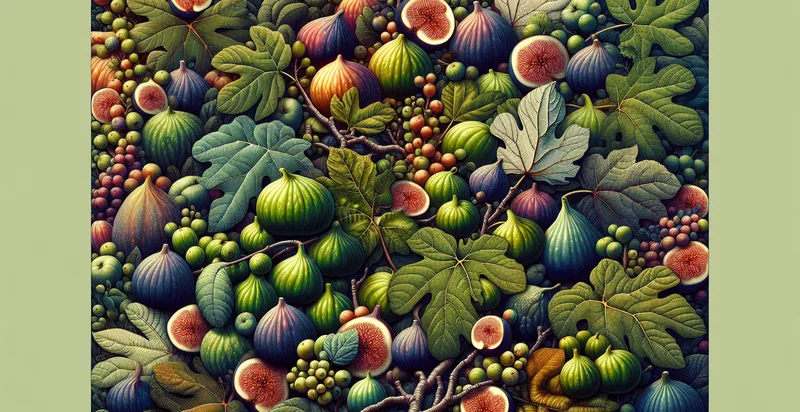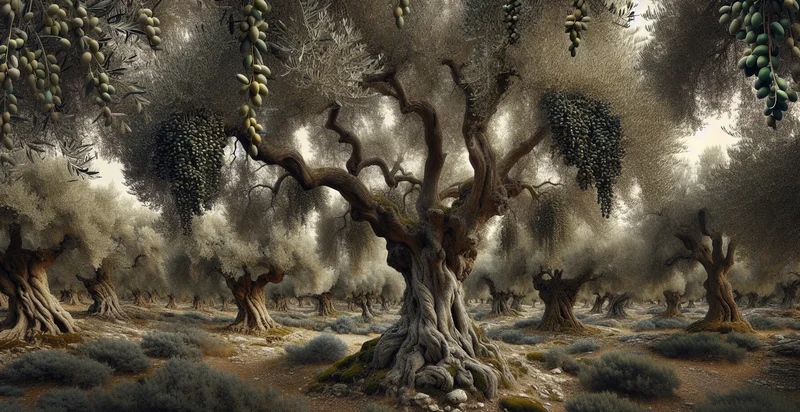Identify orange tree species
using AI
Below is a free classifier to identify orange tree species. Just upload your image, and our AI will predict what species of orange tree it is - in just seconds.

Contact us for API access
Or, use Nyckel to build highly-accurate custom classifiers in just minutes. No PhD required.
Get started
import nyckel
credentials = nyckel.Credentials("YOUR_CLIENT_ID", "YOUR_CLIENT_SECRET")
nyckel.invoke("orange-tree-species", "your_image_url", credentials)
fetch('https://www.nyckel.com/v1/functions/orange-tree-species/invoke', {
method: 'POST',
headers: {
'Authorization': 'Bearer ' + 'YOUR_BEARER_TOKEN',
'Content-Type': 'application/json',
},
body: JSON.stringify(
{"data": "your_image_url"}
)
})
.then(response => response.json())
.then(data => console.log(data));
curl -X POST \
-H "Content-Type: application/json" \
-H "Authorization: Bearer YOUR_BEARER_TOKEN" \
-d '{"data": "your_image_url"}' \
https://www.nyckel.com/v1/functions/orange-tree-species/invoke
How this classifier works
To start, upload your image. Our AI tool will then predict what species of orange tree it is.
This pretrained image model uses a Nyckel-created dataset and has 15 labels, including Bergamot Orange, Bitter Orange, Blood Orange, Clementine Orange, Kiyomi Orange, Mandarin Orange, Navel Orange, Orange Hybrid, Pomelo and Satsuma Orange.
We'll also show a confidence score (the higher the number, the more confident the AI model is around what species of orange tree it is).
Whether you're just curious or building orange tree species detection into your application, we hope our classifier proves helpful.
Related Classifiers
Need to identify orange tree species at scale?
Get API or Zapier access to this classifier for free. It's perfect for:
- Citrus Species Research: This function can aid researchers in identifying and classifying various orange tree species in the field. By providing accurate classifications, it will enhance the understanding of biodiversity and genetic variation among citrus trees.
- Agricultural Decision Support: Farmers can leverage this image classification tool to monitor and manage their orange orchards more effectively. By identifying specific orange tree species, they can tailor cultivation practices and pest management strategies to suit the needs of each variety.
- Eco-Tourism Guide: Eco-tourism businesses can use this technology to educate visitors about different orange tree species in botanical gardens or orchards. By offering interactive identification experiences, they can enhance visitor engagement and appreciation for biodiversity.
- Fruit Quality Assessment: Food quality assurance teams can utilize this identifier to assess the species of oranges supplied by different vendors. By ensuring that the correct species is being marketed, they can maintain fruit quality standards and authenticity in the supply chain.
- Genetic Conservation Programs: Conservation organizations can apply this image classification function to identify and catalog endangered orange tree species. This data will assist in prioritizing conservation efforts and implementing effective breeding programs to preserve genetic diversity.
- Educational Tools for Schools: Schools can incorporate this classification function into their science curriculum, providing students with hands-on learning experiences about plant biology. Students can engage in projects that involve identifying local orange tree species through image recognition technology.
- Harvesting Optimization: Agricultural technology platforms can integrate this function to help farmers identify the best harvesting times for specific orange tree species. By optimizing harvest schedules based on species identification, farmers can maximize yield and fruit quality.


